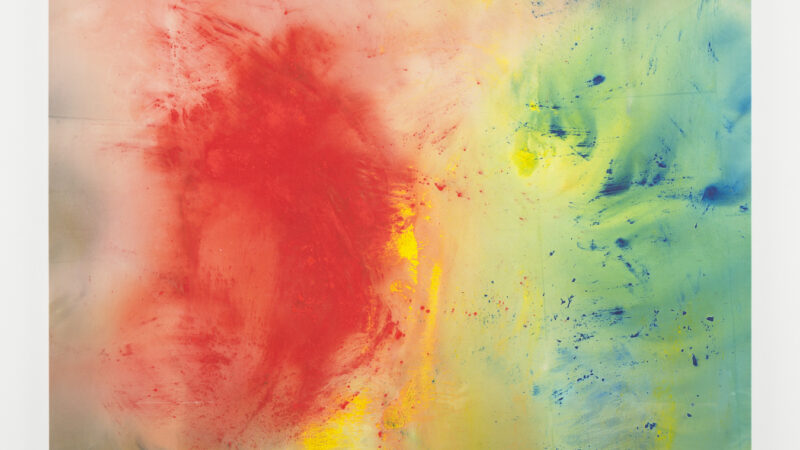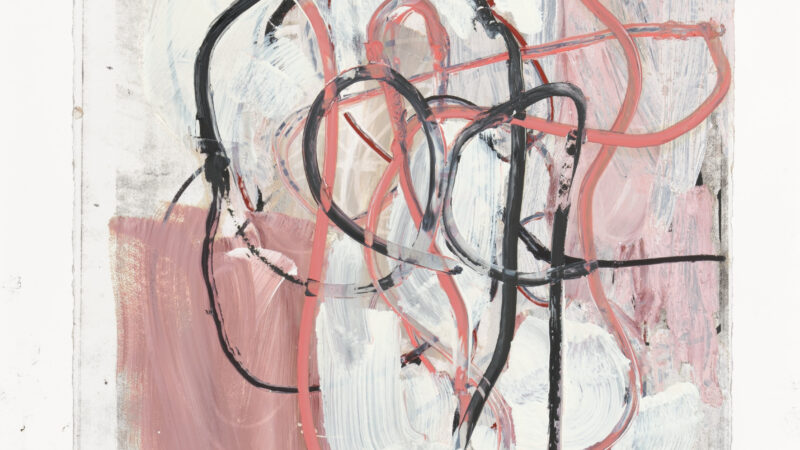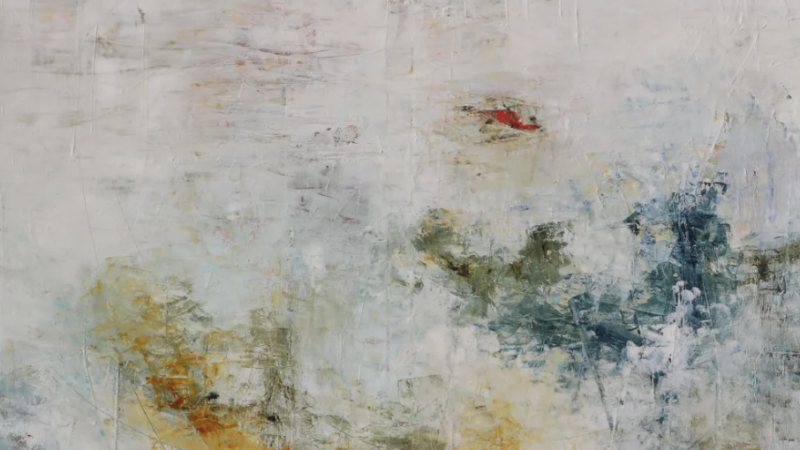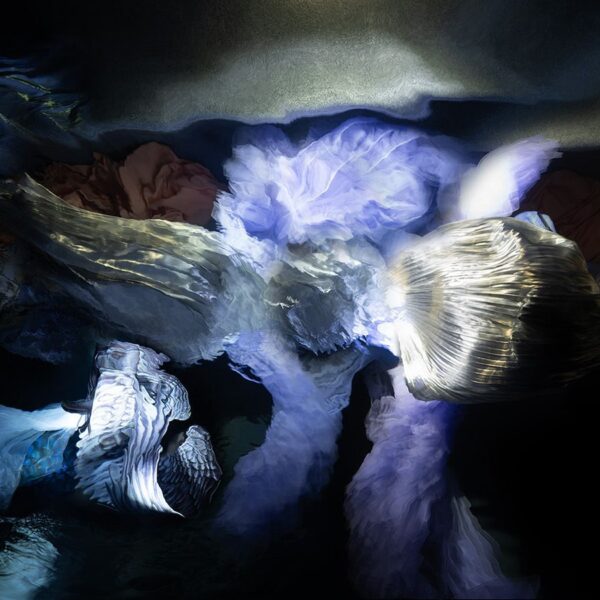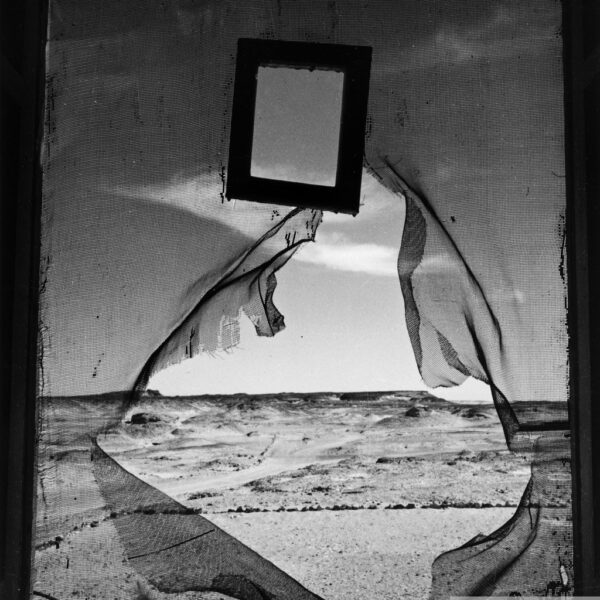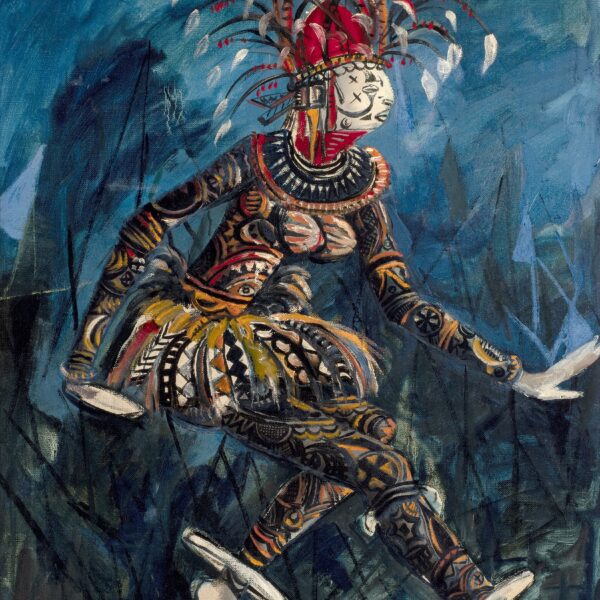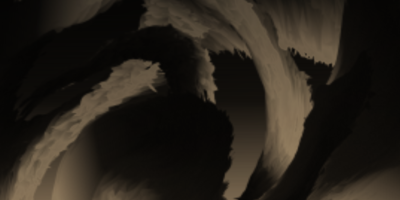Meeting a fashion legend from the cutting edge isn’t an everyday occurrence, as SEB LAW finds out when he took lunch with the original hair-volutionary VIDAL SASSOON.
When you’re meeting the God of an industry, it’s pretty much obligatory to make a bit of effort. Not only did I don a shirt, chinos and smart shoes to meet the one and only Vidal Sassoon, but I had a haircut the previous day; you can’t meet the master of hair with a messy mop, now can you? My Mum would have been mortified, especially as we were dining in luxury, on the truffle-drenched salads at Mayfair’s swanky Connaught Hotel.
I must confess that my knowledge of hair and hairstyling was not exactly encyclopaedic before my rendezvous with Sassoon; but the more you read about the man, the more you realise just what a game-changer he was. Sassoon’s early life is full of difficulty and struggle; he grew up in a Jewish orphanage (as his father had left his mother), left school at 14 and began a hairdressing apprenticeship at the request of his mother. During WWII he was a part of The 43, an infamous London anti-Semitic resistance group who battled against Mosley’s fascists, before shipping out to fight in the IDF in ’48 in the Arab-Israeli war. Then he came back to London and completely revolutionised the way we approach hairstyling; he did for hair what Christian Dior did for fashion with his infamous New Look collection of 1947.
With hindsight, his approach seems so simple: remove the structure and the rigidity of hairdressing, and focus on a simple, perfectly-executed cut. “I was so sick of the old backcombing, teasing and lacquer that I would have left the craft had we not done what we wanted to do,” he explains to me. It’s easy with hindsight to see that you were at the forefront, but did you know at the time? He casts me a twinkle-eyed half-smile. “We knew we were pioneering. We could not compromise; if clients decided that our style wasn’t what they wanted, we’d find them a taxi and send them somewhere else! If you’re a visionary, the worst word possible is compromise.”
And compromise they did not. Sassoon effectively masterminded a total rebranding of hairdressing into what it is now – a creative art that as Sassoon puts it, is based on “the only substance that grows from the human form that you can cut, mould and develop into wonderful shapes.”
In order to take this new approach, Sassoon was influenced by all the societal change that was going on around in the fifties and sixties; from the way youths interacted with their elders to the revolutions going on in every creative discipline; for Sassoon though, the most inspiring thing was – perhaps surprisingly – architecture. As we chat about Broyer and Koolhaas, Gehry and Neutra it’s clear the Vidal knows his stuff, but what did he take from all these radical designers? “Shapes, and cutting angles. There’s only so much you can do to hair without making it look ridiculous.”
The thing is, as one of the stars of the swinging sixties, Vidal didn’t just admire these architects from afar, he was in the position to meet them, and other stars from every avenue of the creative industries. At 83, Vidal is ever the raconteur, and our lunch topics vary from Zandra Rhodes “she’s one of very few people that have the courage to do something exceptional”, to bowling around Harlem with Dizzy Gillespie and Simon Rattle, to cutting Mia Farrow’s hair in a boxing ring as a stunt for Roman Polanski’s Rosemary’s Baby to getting Francis Bacon’s opinion on interior design.
Now he’s a film star in his own right, being the subject of a documentary about his life that premiered at the Tribeca Film Festival last year and is about to be released on DVD. While Sassoon might not be of the same infamy as Karl Lagerfeld or Anna Wintour, he’s definitely in the same calibre of importance, and he’s “incredibly pleased” with the outcome.
It’s only after leaving lunch that I realised the importance of Vidal’s career. Here is one of the true fashion pioneers; successful because he had a strong idea, stuck to his guns and developed that idea carefully. Crucially though, he didn’t think small; Sassoon’s approach was entirely revolutionary precisely because it grew and grew into a multi-million-dollar business. Yet despite this massive success, the man himself is grounded, gracious, gentlemanly. “Montaigne said it beautifully,” he says to me, as the interview draws to a close “Even on the highest throne in the world, we are still sitting on our behind.”


